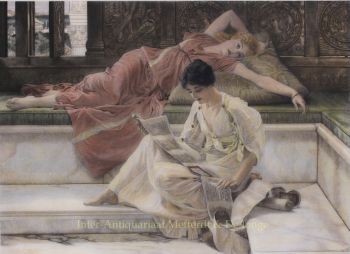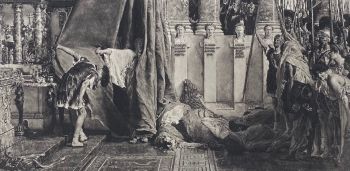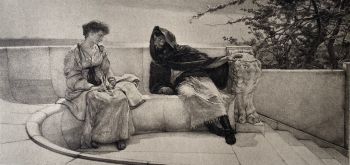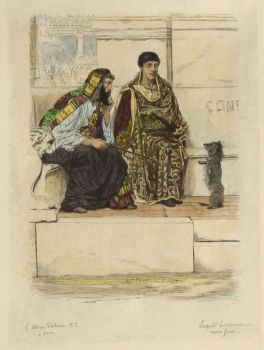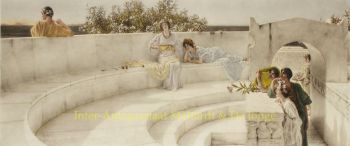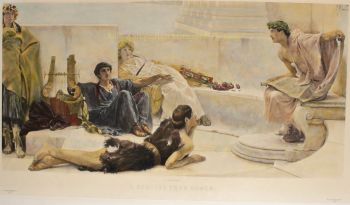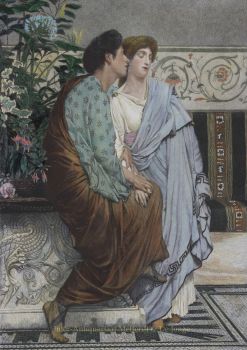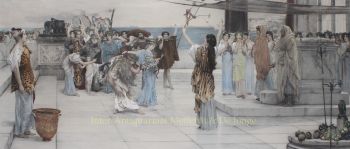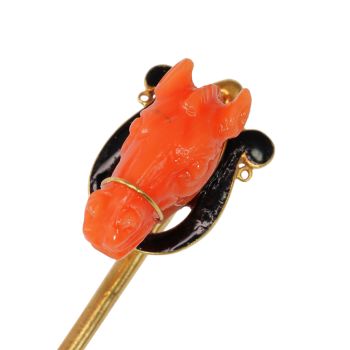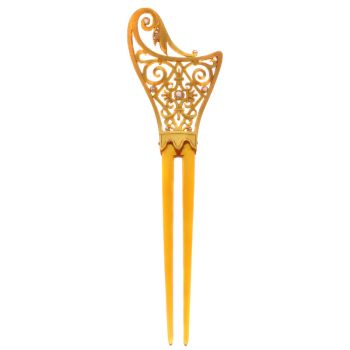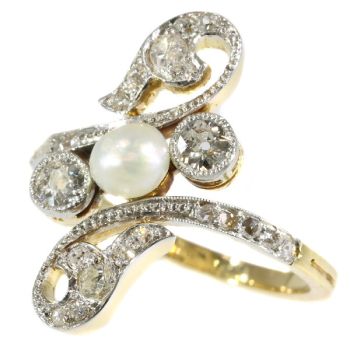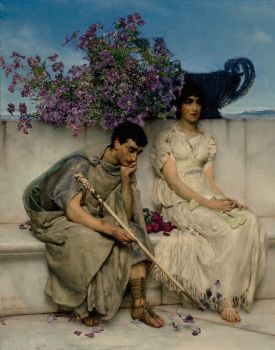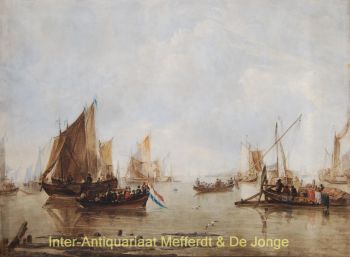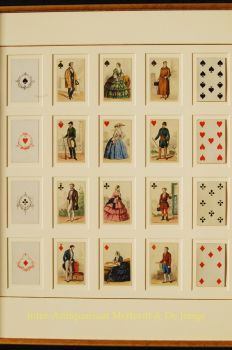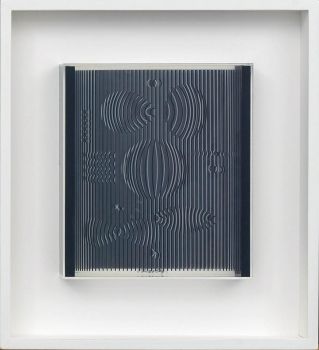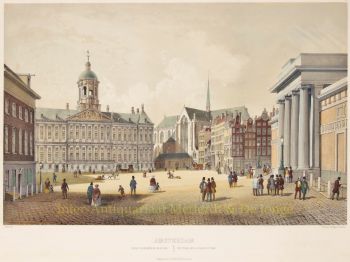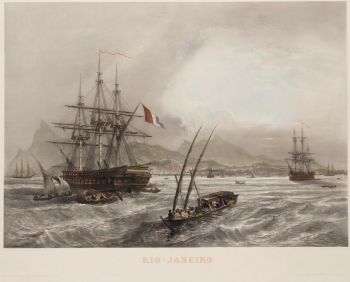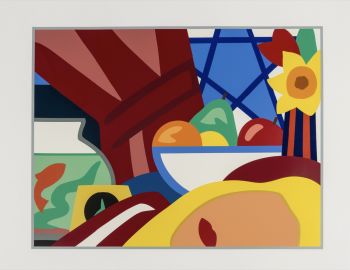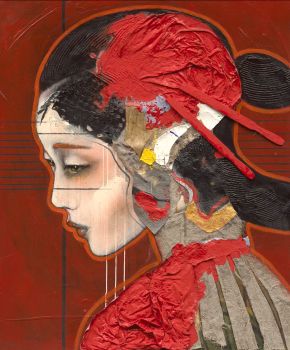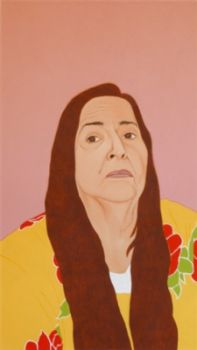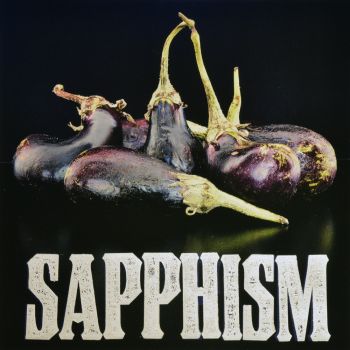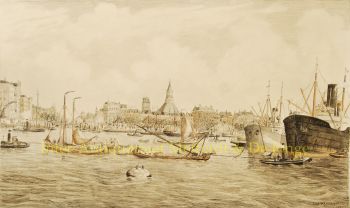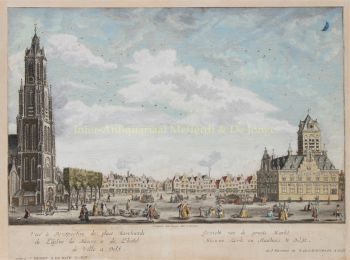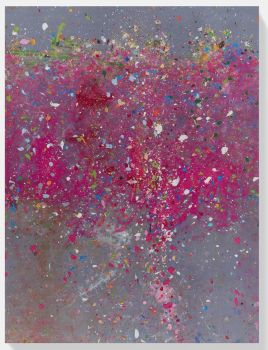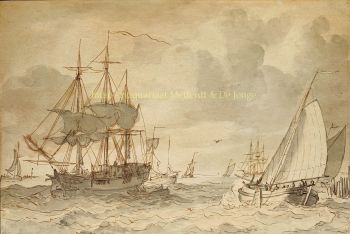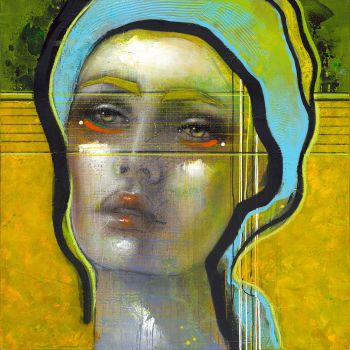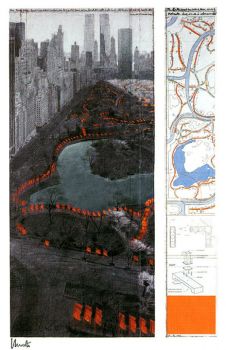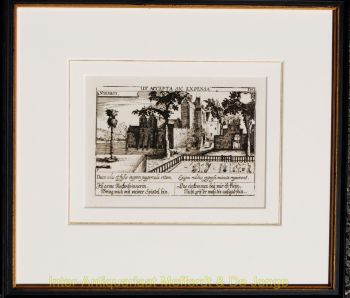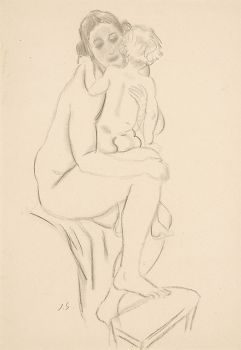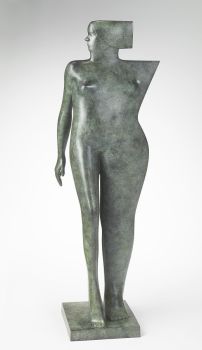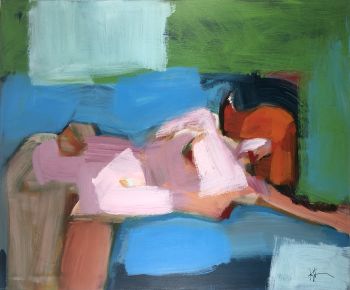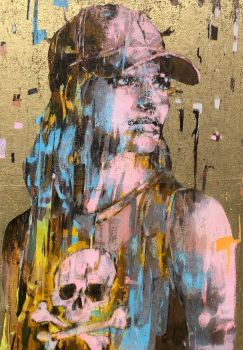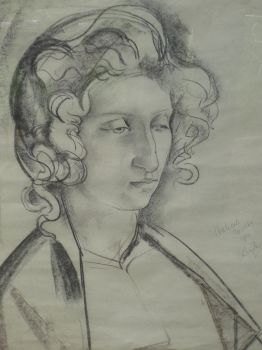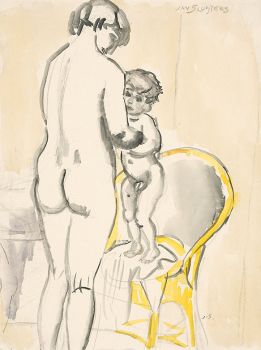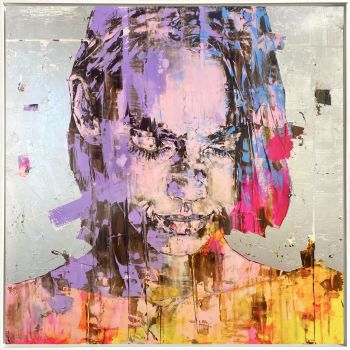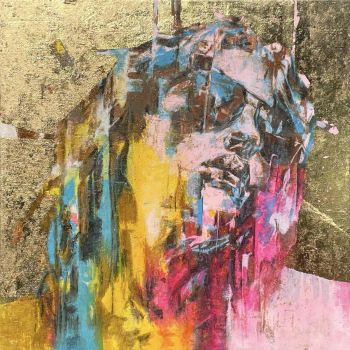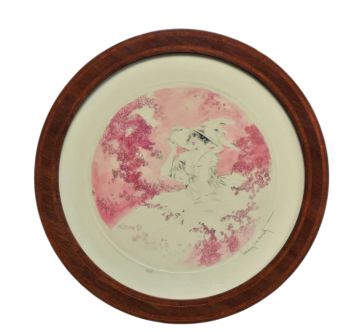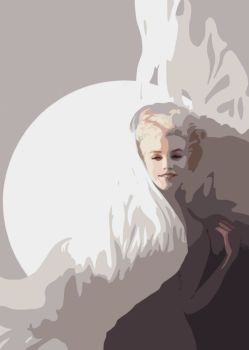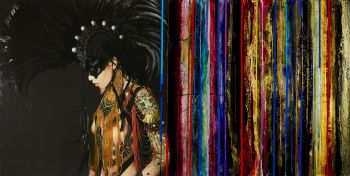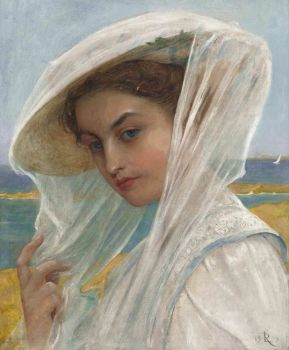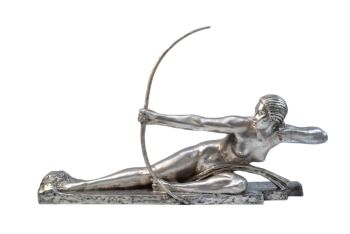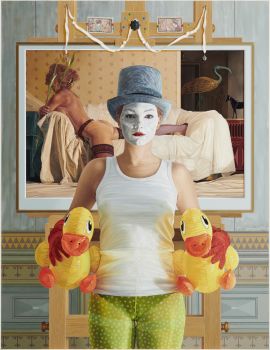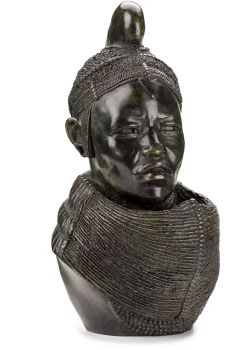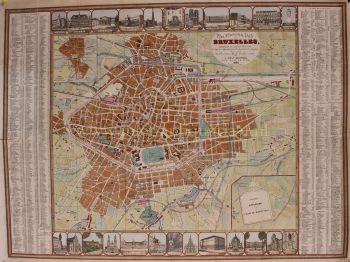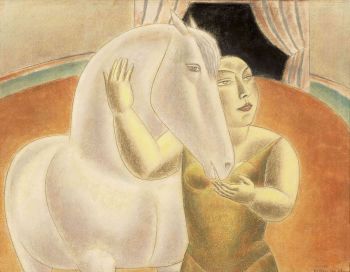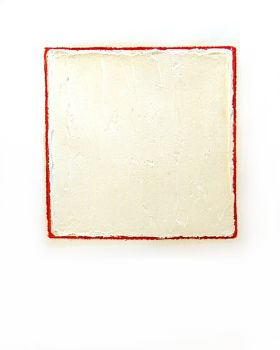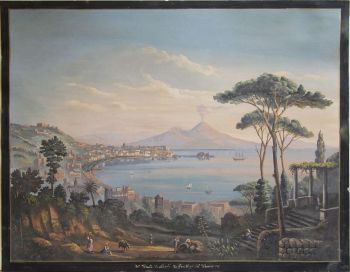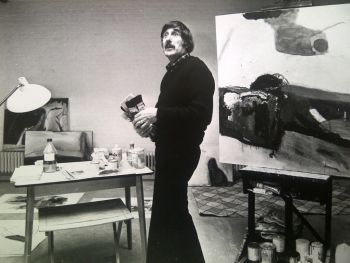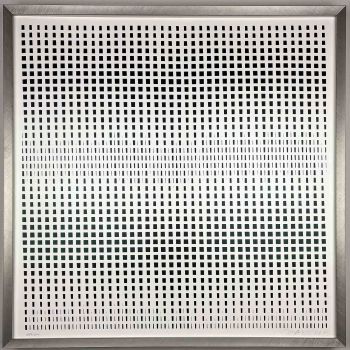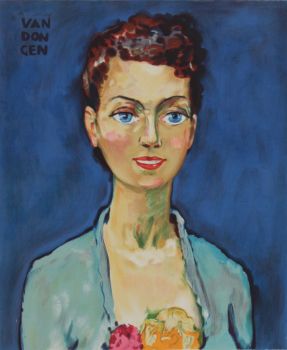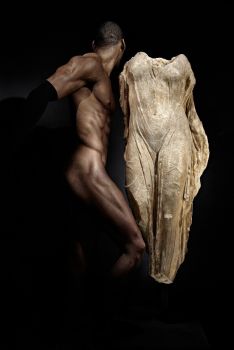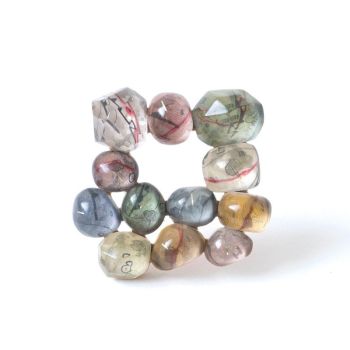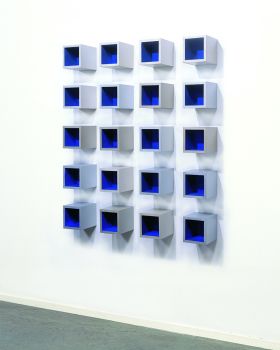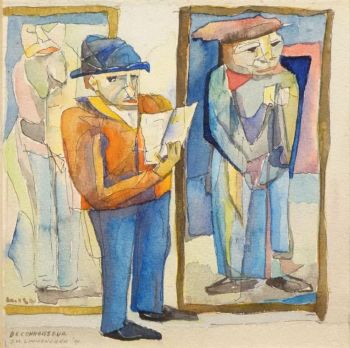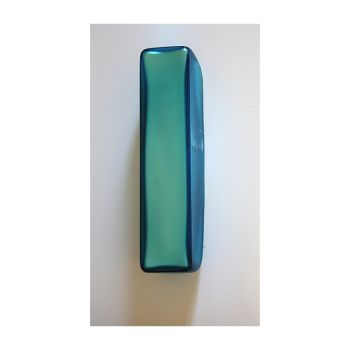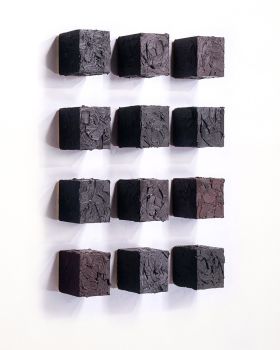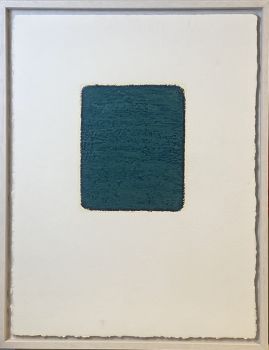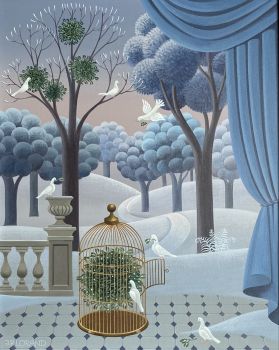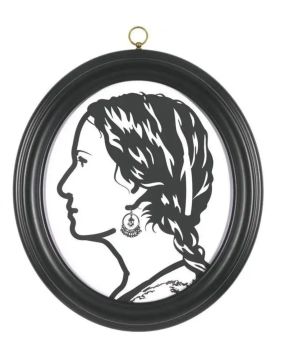Unconcious Rivals 1893
Lawrence Alma-Tadema
HeliographyPaperPrintPhotographic print
36 ⨯ 51 cm
Price on request
Gallerease Selected
- About the artwork“Unconcious Rivals” [Onbewuste Rivalen], heliogravure vervaardigd in 1893 door de Berlin Photographic Company naar het schilderij (Opus CCCXXI) van Sir Lawrence Alma-Tadema uit dat zelfde jaar. In de tijd met de hand gekleurd, met latere toevoegingen. Met potlood gesigneerd door Alma- Tadema linksonder de voorstelling. Afm. 36,5 x 51 cm. In lijst.
“Unconcious Rivals” [Onbewuste Rivalen], heliogravure vervaardigd in 1893 door de Berlin Photographic Company naar het schilderij (Opus CCCXXI) van Sir Lawrence Alma-Tadema uit dat zelfde jaar. In de tijd met de hand gekleurd, met latere toevoegingen. Met potlood gesigneerd door Alma-Tadema linksonder de voorstelling. Afm. 36,5 x 51 cm.
Twee vrouwen worden omgeven door een spectaculair gebogen tongewelf, een azalea en prachtig wit marmer. (Niet voor niets werd Alma-Tadema een 'marblelous' painter genoemd.) Hun onderlinge relatie en het onderwerp van de voorstelling kunnen slechts worden afgeleid uit de titel en uit indirecte aanwijzingen. Terwijl het decoratieve karakter overduidelijk is verbeeld, wordt het raadselachtige verhaal slechts gesuggereerd.
Een Bacchisch reliëf van guirlandes en maskers, ondersteund door cupido's, verfraait de muur van het balkon. Alma-Tadema bezat een foto van het originele reliëf. Hij heeft in de voorstelling gedeelten toegevoegd en de maskers prominenter doen uitkomen.
De Bacchanalische voorstellingswereld wordt verbeeld - en een thema van vermomming, gesuggereerd - door het beeld van een Cupido die een masker van de satyr Silenus (bekend om zijn lust voor wijn en het verleiden van nimfen) probeert op te zetten, uit het Capitolijnse Museum in Rome.
Het aan de rechterzijde van het schilderij afgesneden beeld is bekend als dat van een zittende gladiator. De kunstenaar heeft de zichtbare gedeelten van de figuur in perfecte staat hersteld door onder meer een ontbrekende linkerhand toe te voegen. Vaak bevatten Alma-Tadema’s schilderijen beelden die voor het ontwikkelde publiek makkelijk herkenbaar waren. De zittende gladiator was weliswaar geen algemeen bekend beeld, maar misschien wel een favoriet van de kunstenaar. Bovendien heeft het beeld in dit zwoele Romeinse tafereel een speciale betekenis. Respectabele vrouwen uit het Romeinse keizerrijk waren berucht om hun gepassioneerde ondersteuning van favoriete strijders en om hun verhoudingen met gladiatoren buiten de ring. Boze tongen beweerden zelfs dat de latere keizer Commodus bij Faustina, de vrouw van Marcus Aurelius, door een gladiator was verwekt.
Het schilderij Unconcious Rivals was één van werken die werden aangekocht voor de collectie van bankier John Henry Schröder. - About the artist
Lawrence Alma-Tadema is one of the most highly renowned romantic artists of late 19th century Britain. He was born in the Netherlands as Laurens Tadema, to the family of the town notary. Later, as he tried to make his niche in the art world, he changed the spelling of his first name to the more English “Lawrence,” and included his middle name “Alma” as part of his surname, so he would be listed among the “A’s” in exhibition catalogues.
As a child, it was decided that Alma-Tadema would pursue the career of a lawyer, but he suffered a mental and physical breakdown when he was fifteen years old. He was diagnosed as consumptive, given a short time to live, and thus free to pursue a life of leisure and pleasure. Once left to his own devices, he decided to study art, as his mother had paid for art lessons in his earlier childhood and it was one of his interests. He regained his health and studied at the Royal Academy of Antwerp in 1852, where he won several respected awards. His first major work was exhibited in 1858, and it won much critical praise, and creating a sensation in the art world. By 1862, he set own in his own studio to pursue his individual career in art.
In 1869, Alma-Tadema lost his wife of six years to smallpox. Disconsolate and depressed, he ceased painting and his health was failing. Under the advice of his physician, he traveled to England for a medical diagnosis, where he was invited to the house of a fellow painter, Ford Madox Brown. It was here that he laid eyes on Laura Theresa Epps, who was 17 at the time, and fell madly in love with her. Alma-Tadema took advantage of the outbreak of the Franco-Prussian war to relocate to England, where he wasted no time contacting Laura and contracting her in private art lessons. It was during one of these lessons that Alma-Tadema proposed, and they were married shortly thereafter. Alma-Tadema was 34 years old, and the bride 18.
Alma-Tadema spent the next part of his life traveling through Europe, and enjoying the continued success of his paintings. As a man, his bursts of bad temper were eased by his extroverted, warm personality and sense of mischief. A perfectionist and obsessive worker, he also innovated a new numbering technique, which made it difficult for forgers to pass off unoriginal works. In his later years, although his artistic output decreased somewhat, he enjoyed continued success, eventually becoming one of the wealthiest painters of the 19th century. He was knighted in England in 1899.
In 1912, Alma-Tadema traveled to Germany to undergo treatment for stomach ulcer, and died in Germany at the age of 76. After his death, his work was mostly ignored. Due to the drastic changes taking place in art, Alma-Tadema’s artistic genius would not come into the public eye again until the 1960s. His meticulous work had since been used as source material for dozens of Hollywood movies.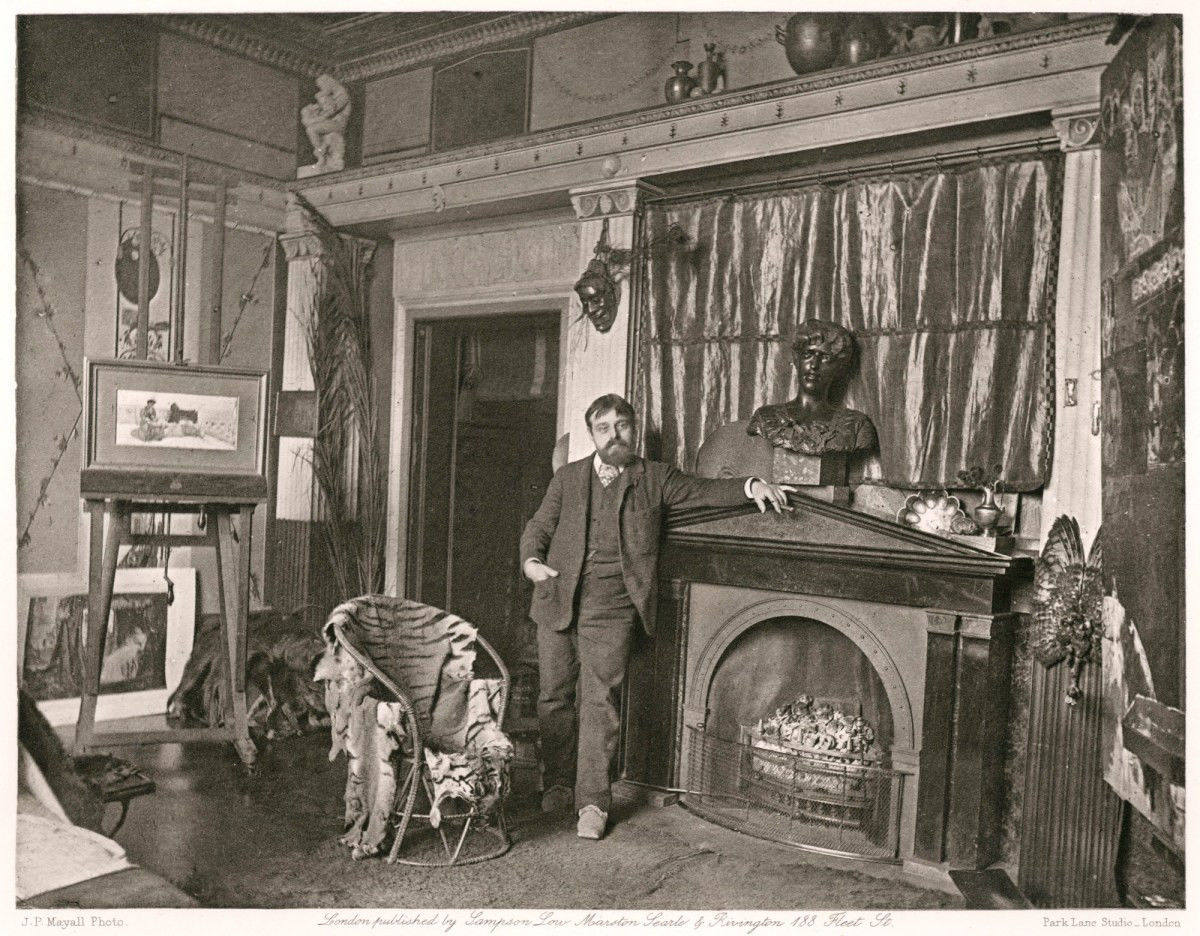
Are you interested in buying this artwork?
Artwork details
Related artworks
- 1 - 4 / 12
Unknown artist
18th Century Diamond Bracelet with 2000-year-old Intaglios1790
€ 23.000Adin Fine Antique Jewellery
 Curated by
Curated byDanny Bree
1 - 4 / 24Victor Vasarely
"Venus", multiple 1987 - professionally framed, museumglass1987
€ 3.700Van Kerkhoff Art
 Curated by
Curated byDanny Bree
1 - 4 / 24- 1 - 4 / 24
- 1 - 4 / 24
Yoko Ono
YOKO ONO: "ARISING" SIGNED BOOK PLUS SMALL ARTWORK 2010 - 2014
Price on requestGallerease Selected
1 - 4 / 12


